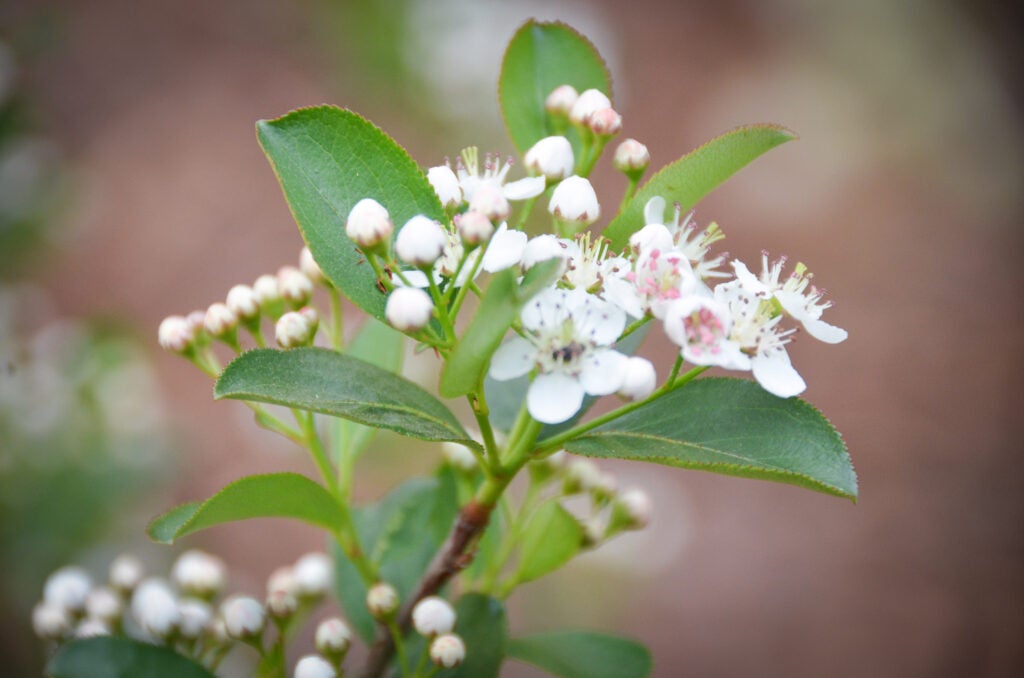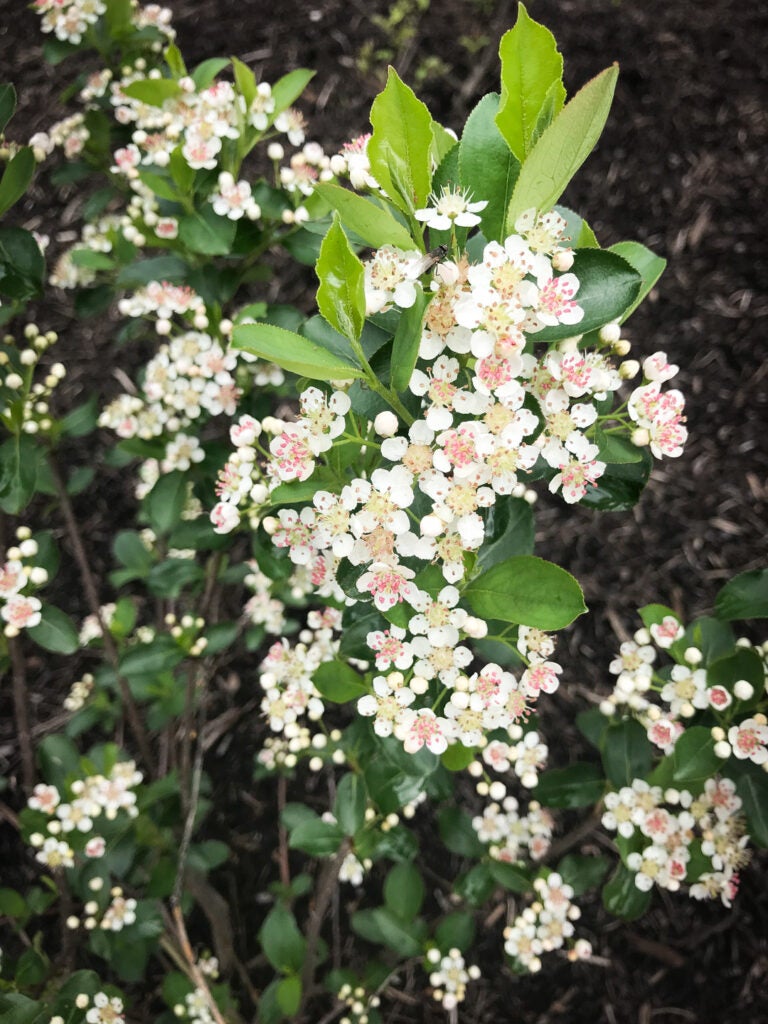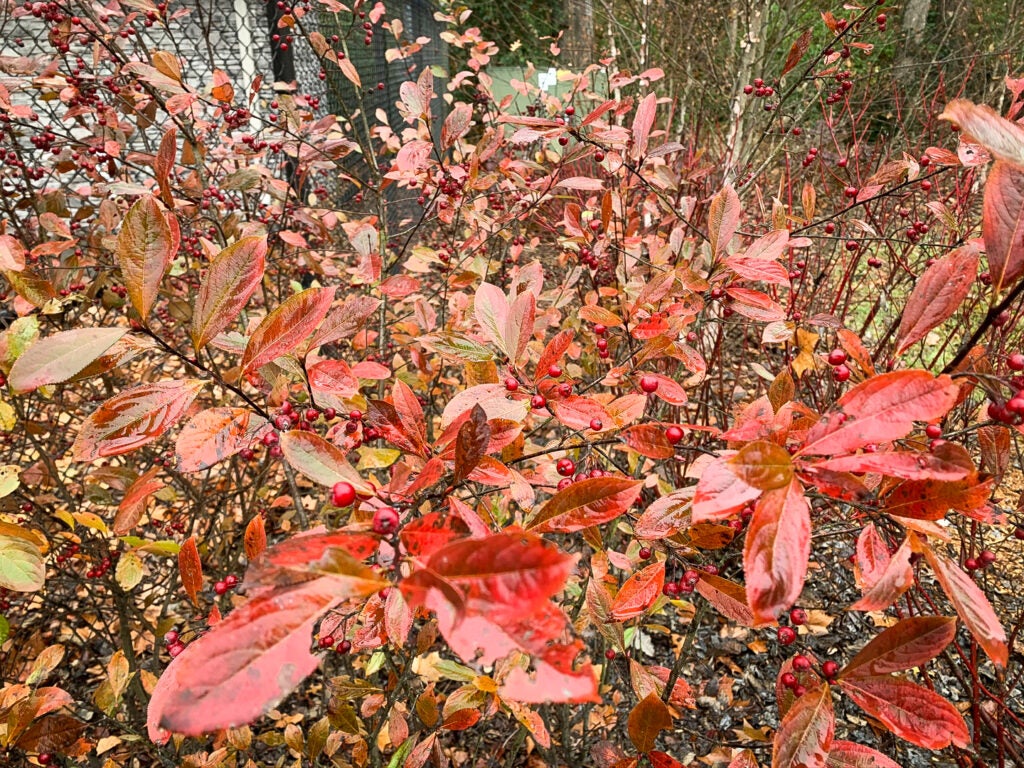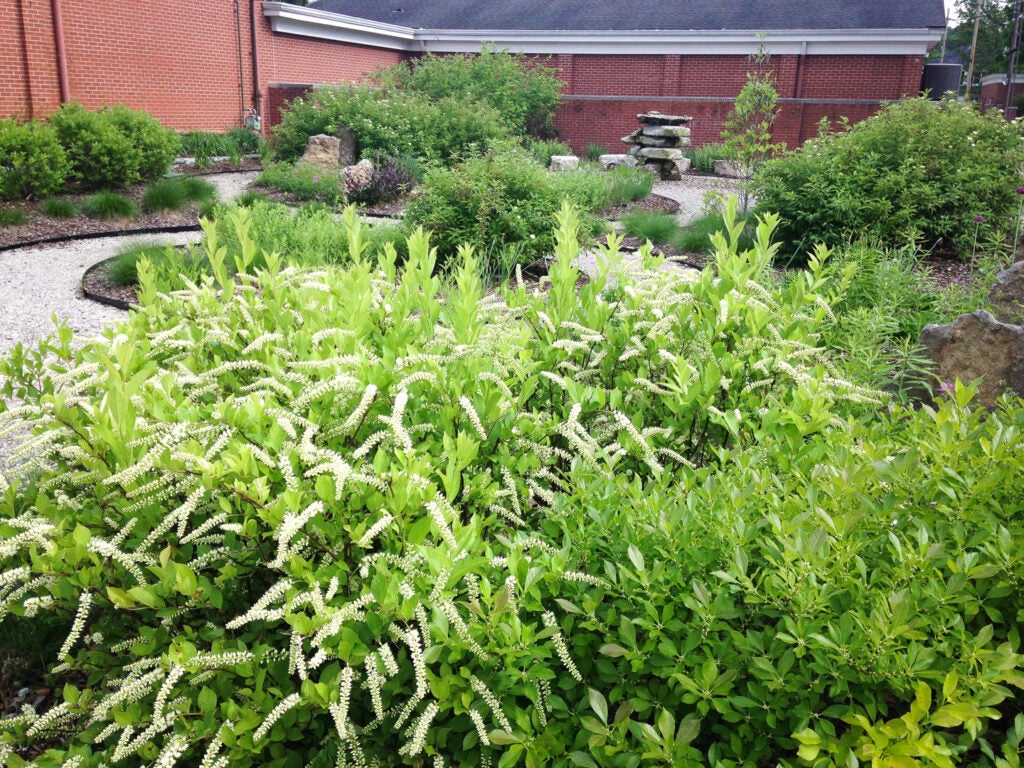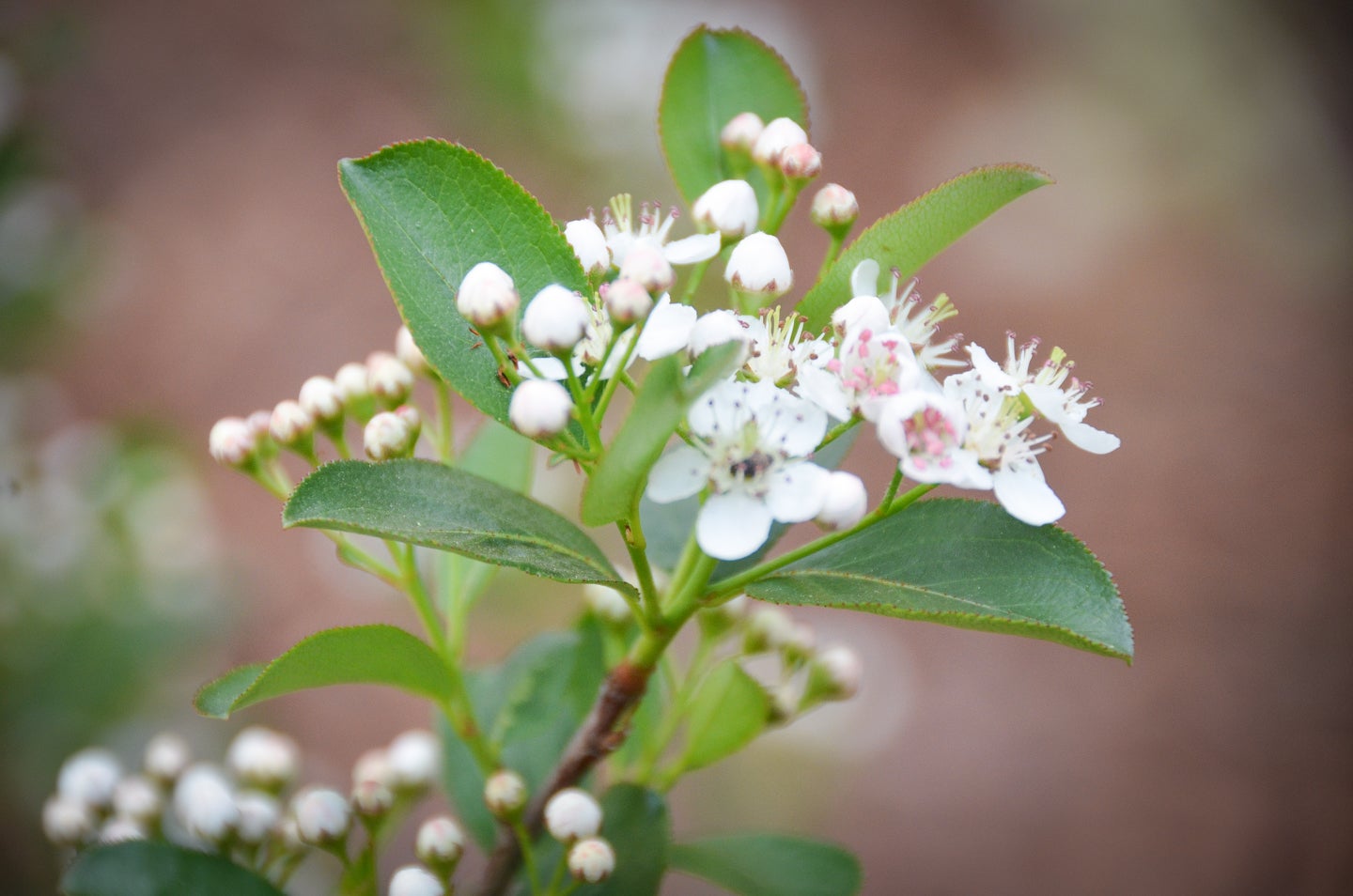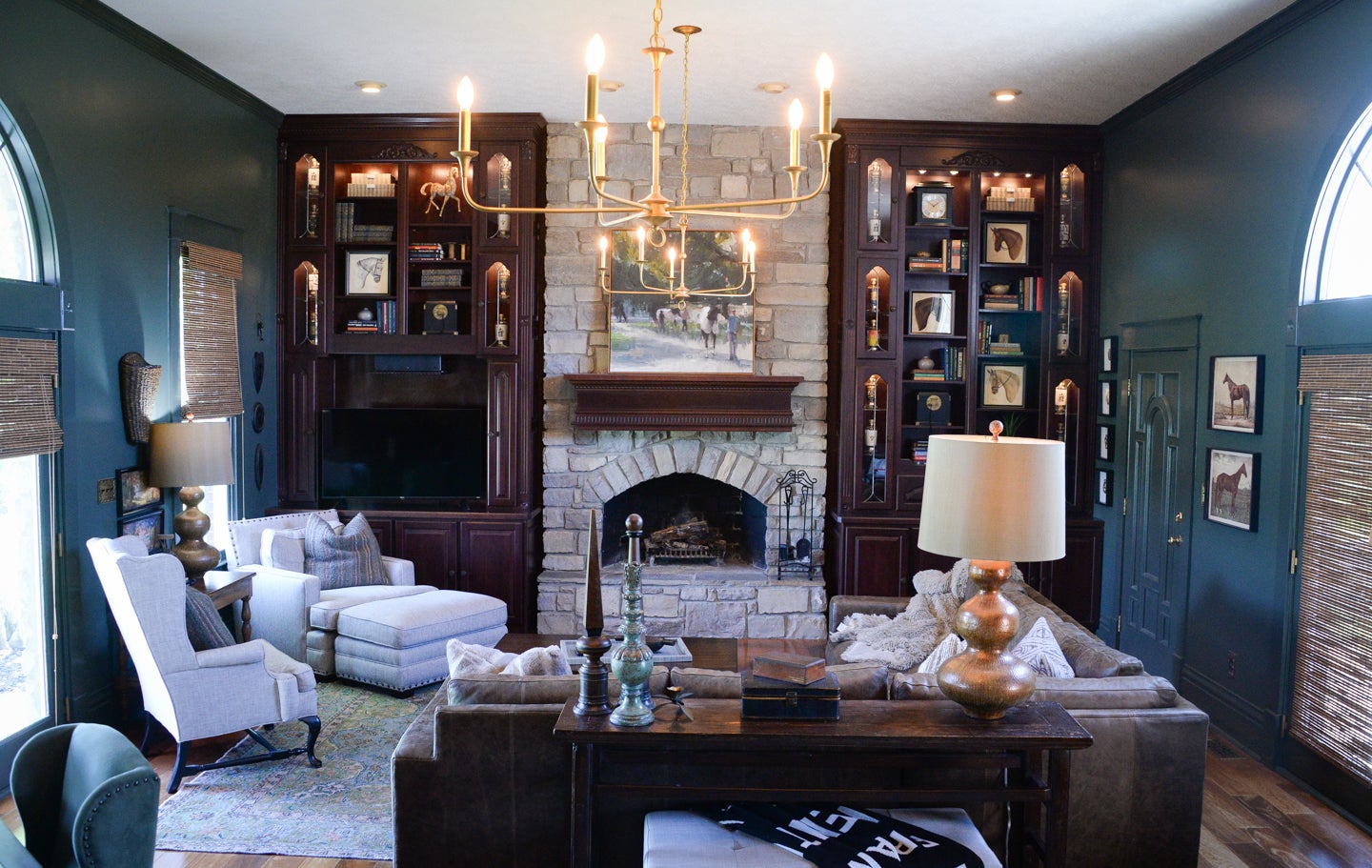Behind the times, but in front of the house. Can you identify the age of a photo based on hairstyles and clothing? Unless it is an historic feature, why would you want to do the same for your landscape? Many homeowners and businesses continue to showcase plants that represent an era before we knew so much about invasive species and the damage they do to our ecosystem.
If there is one shrub that embodies the outdated hairdos of all previous time periods, it is the burning bush. This shrub, Euonymus alatus, is so invasive that it has been banned in two states and is on the alert list as an invasive in many others. Although it occasionally experiences a popularity surge, burning bush is slowly being shamed out of favor like the Aqua Net days of the ’90s.
Many of the invasive plants that dominate the designed landscapes of America today were introduced to the country around the turn of the 19th century. Eventually, available plants native to Asia, such as burning bush, Japanese spirea (Spirea japonica), maiden grass (Miscanthus sinesis), nandina (Nandina domestica) and Chinese holly (Ilex cornuta), became common in the planted outdoor spaces of America. At the time, no one considered that bringing non-native plants into the country also brought foreign insects and diseases that would eventually harm our native species and even drive some into extinction.
Physically these plants are obnoxious bullies. Nandina in particular can spread via suckers that are strong enough to travel beneath concrete and asphalt — in addition, their berries are poisonous to birds. Maiden grass forms massive clumps composed of fast-growing rhizomes that literally push other plant material out of the ground. They also multiply through the air via seed. Alternatively, natives require much less pruning and maintenance.
If these plants are so bad why are they still around? They are readily available in great numbers at nurseries because: they sell; they are cheap; and, they will grow anywhere quickly. They are routinely used in a cookie-cutter approach to landscaping, where one layout is replicated across an entire neighborhood or throughout a large commercial campus. Because they also grow quickly and grow to a large size (often too large for the space they occupy), they also need constant pruning and maintenance.
Nurseries grow these plants by the thousands because of demand. In 2005, recognizing the potential financial impact on growers, Massachusetts implemented a phased approach to implementing a prohibited plant list. Today that list includes 141 trees, shrubs, and perennials that citizens cannot import, sell, trade, purchase or distribute. This ban extends to all varieties, cultivars and hybrids. Does this seem extreme? If it benefits our ecosystem, diminishing the damage done to our plants and native wildlife, is merely changing our choice of plants such a big deal?
While nurseries may continue to sell and produce these garden foes, everyday people have the power to transform landscapes. We’ve written a lot about natives and great alternatives, one of those is the December 2020 Frank article. There are so many great native alternatives to these commonly used invasive species, which also provide better features, ecosystem services and even less maintenance.
